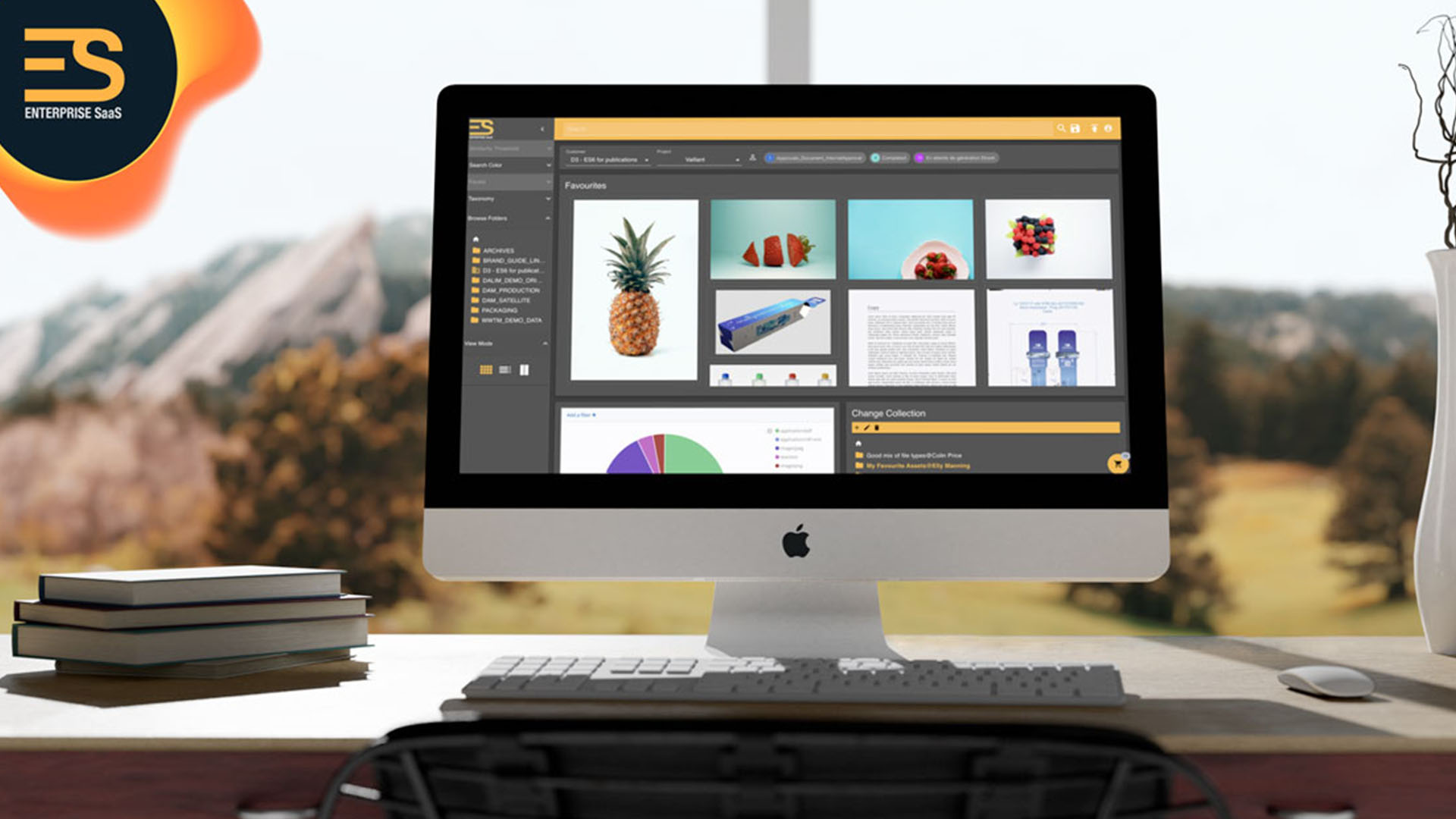
The IGS-CP: the Beautiful Book in Digital Transition with DALIM ES
IGS-CP, a family-owned company, has been in existence for more than sixty years and, with 32 employees, works almost exclusively in pre-press for the largest French book publishers. Cyril Béchemin, Deputy General Manager, presents his company:
CB: We have experienced all the evolutions of the profession, from lead composition to the current digital. We are compograveurs and, as such, we compose and lay out novels, legal guides, school books, in xml and InDesign, and provide all deliverables (PDF printer, digital book...) requested by publishers. We also have a traditional photoengraving activity, and digitize originals for children’s books, comics and beautiful books (art books, exhibition catalogs). On this traditional activity (scan, chromatic retouching, image conversion), we were one of the first in France to implement the Fogra 52 and 51 standards, which are designed for azure papers. We have always maintained a technological watch to stay ahead. For the last two years, we have been printing small series on a digital press, and we have also been approved as “digigraphers” by Epson for two years.
Can you describe your mission at IGS-CP?
CB: I am in charge of the operational management of the company and a large part of its commercial development. My role is also to look for new ways to diversify, to improve processes with the teams... General management is a global mission!
What issues led you to choose DALIM ES?
First of all, we wanted to digitize the internal manufacturing process, to stop exchanging e-mails, to centralize corrections in ES, to be able to see and compare the different versions, to have traceability. In our company, there are “manufacturers”, according to the name given by the collective agreement, who are key positions between production and the customer. These people will collect the elements, analyze them and schedule them. They are in constant contact with the customer and will gradually switch their files from physical to digital. This represents a profound change of habit.
In addition, we realize that we are producing fewer and fewer color proofs (certified FoGra) and, in order to be more reactive and accelerate projects (the teams at the publishers are also fewer in number), we wanted to offer them the possibility of doing online color proofing, allowing the client to annotate images remotely, which he would control on a calibrated screen.
What feedback can you give today on your use of DALIM ES?
We have started to deploy the second containment (Nov.-Dec. 2020), so we don’t have a lot of internal feedback yet. On the other hand, we have deployed at some of our customers’ sites and calibrated their screens, particularly for the production of covers, which require a fairly high level of reactivity. For this product, we sometimes need to be able to respond within the hour, but we are based in Angoulême and our customers are in Paris. Even if we have a delivery at D + 1 (all that is produced today will be tomorrow at the publisher’s), we do not have the possibility, like a Parisian photoengraver, to deliver a paper proof within two hours. The online proof is therefore a solution to bring our customers more reactivity.
What also interested us was the ES interface, with its ability to assign roles. We can adapt to each organization: one person is authorized to validate, another has a right of review and can just comment, etc.
How did you and your customers make the leap to screen control?
ES is a proven tool: its engine, in terms of color, is very powerful. However, we carried out numerous tests, because we produce the fine books of Albin Michel, Gallimard, the RMN or the BNF, and we have a certain requirement. These tests with our in-house colorists were conclusive, and then also with our customers, everyone was interested. Afterwards, it’s a habit to get used to: you start by validating a color on both screen and paper, it’s a different kind of intellectual gymnastics. Then the transition to screen-only control is gradually taking place. 4 to 5 publisher clients are currently involved in testing, including the BNF, Albin Michel and Gallimard.
What other advantages do you see in this platform for your development?
ES will allow us to diversify our activity, to go a little more towards other markets. Some public tenders ask for production platforms to accelerate the realization of their projects. ES becomes a commercial argument to work faster and more efficiently. Without necessarily going as far as color validation, which is a specific request, we can offer them centralized validation of documents, online posting of PDFs, annotation. These are very interesting tools to make a project work properly.
Had you tested competing brands and, if so, how did DALIM ES win?
We had done a test with a competing brand. The trial was not at all successful, but it was not so much a product issue as a project issue. For DALIM SOFTWARE, we benefited from Galilée’s advice upstream, thanks to Max-André Carru, who helped us define our needs and those of our customers. This reflection phase, involving the teams, allowed us to validate the specifications by refocusing on what was necessary for us. Many of our clients are also familiar with DALIM SOFTWARE, which has proven itself, so it’s more a question of trust, both in Galilée’s support and in this tool, in relation to the publishing business. In a project like this, of course the tool is very important. But there is also the support of the teams in the appropriation of the tool, and the support of the clients. How do you get everyone involved in a common goal of saving time, improving efficiency and reducing costs? So we took a different approach to the question, and Galilée helped us a lot with this part.
What are the future challenges in publishing that DALIM ES could help to meet?
We are in the midst of new work organizations, accelerated by the difficult period we have just gone through, which has imposed telecommuting on a massive scale, but also by the logic of cost reductions, with the concentration of players. For these two reasons, having a digital platform like ES, and being able to propose to centralize remotely project follow-ups, seems to us an essential plus for the future. We have a “business” know-how, to which we must add a service value.
In concrete terms, how will you sell this added value of service?
We will operate either on a flat fee per file basis or on a subscription basis, depending on the client. Some will use ES on a daily basis, for example for coverage validation, others for project follow-up. We will adapt our formula to each client. For us, the medium-term objective is to pass all project management and all our production through this platform, which is called KROMIA. And to be able to automate the production of deliverables fairly quickly, when our publisher customers want, for example, a cropped JPEG, a web PDF, etc. on archived images or on a project in progress.
What is your conclusion on the implementation of DALIM ES and the future KROMIA platform at IGS-CP?
With the pandemic, we have digitized many processes, including our planning... We believe in this transition to digital technology, but everyone has to get used to it, and we are here to help them make the transition.



